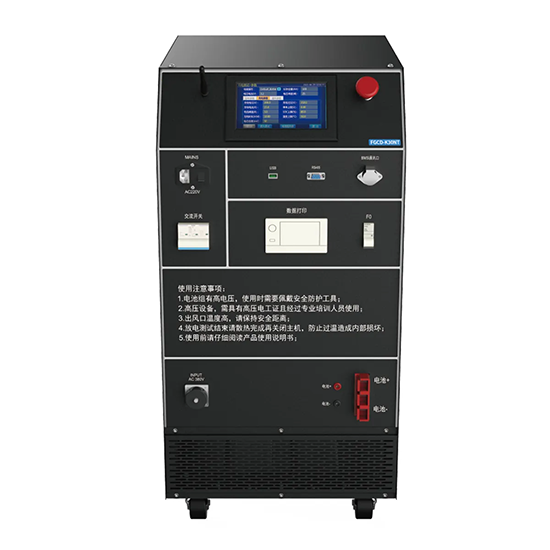
Battery Discharge Technology: Principles and Applications

# Battery Discharge Technology: Principles and Applications
## Introduction to Battery Discharge Technology
Battery discharge technology plays a crucial role in modern energy systems, enabling efficient power management and extending battery life. A battery discharger is a specialized device designed to safely and controllably drain energy from batteries, serving various purposes in different industries.
## How Battery Dischargers Work
The fundamental principle behind battery dischargers involves creating a controlled load that draws current from the battery in a predictable manner. These devices typically include:
- Precision load resistors
- Current regulation circuits
- Temperature monitoring systems
- Voltage measurement capabilities
- Data logging functions
Key Components of Battery Discharge Systems
Modern battery dischargers incorporate several critical components to ensure safe and accurate operation:
- Power Electronics: Convert and regulate the energy flow
- Control Unit: Manages the discharge process
- Cooling System: Prevents overheating during operation
- User Interface: Allows parameter configuration and monitoring
## Applications of Battery Discharge Technology
Industrial Applications
Battery dischargers find extensive use in industrial settings for:
- Battery manufacturing quality control
- Performance testing of energy storage systems
- Battery pack balancing and conditioning
- Recycling processes for spent batteries
Consumer Electronics Applications
In the consumer electronics sector, discharge technology is employed for:
- Smartphone battery calibration
- Laptop battery maintenance
- Power tool battery conditioning
- Electric vehicle battery diagnostics
## Advanced Discharge Techniques
Pulse Discharge Method
This technique applies intermittent current pulses rather than continuous discharge, offering benefits such as:
- Reduced heat generation
- More accurate capacity measurements
- Improved battery health monitoring
Programmable Discharge Profiles
Modern dischargers can simulate real-world usage patterns through:
- Custom discharge curves
- Dynamic load variations
- Temperature-dependent protocols
- Multi-stage discharge sequences
## Safety Considerations in Battery Discharge
Proper safety measures are essential when working with battery dischargers:
- Always monitor battery temperature during discharge
- Never exceed manufacturer-specified discharge rates
- Use appropriate ventilation for high-power applications
- Implement voltage cutoff protection to prevent over-discharge
## Future Trends in Discharge Technology
The field of battery discharge technology continues to evolve with:
- Integration with AI for predictive maintenance
- Development of ultra-fast discharge systems
- Improved energy recovery during discharge
- Miniaturization for portable applications
As battery technologies advance, discharge systems must adapt to handle new chemistries and higher energy densities while maintaining safety and efficiency standards.
Keyword: Battery Discharger




